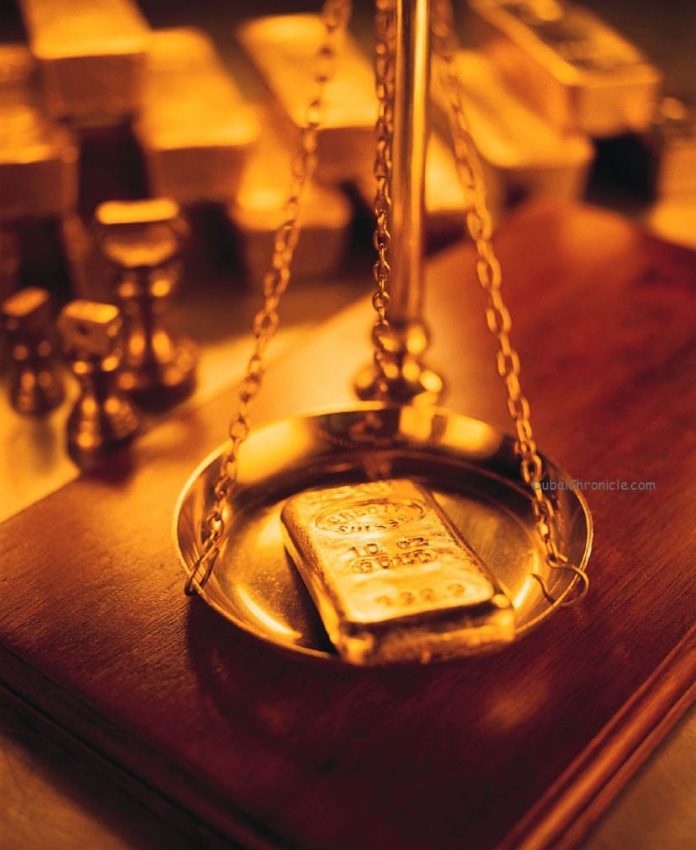
Asian consumers and global central banks continue to act as a long-term underlying support to the gold market with on-going physical demand. The latest data from the World Gold Council revealed solid purchases by central banks in the first quarter 2015. Price weakness in gold in recent weeks has also attracted fresh buying interest from Chinese and Indian consumers as a pick-up in gold exports from Switzerland to China has been noted.
Consumers in India and China now account for 54 percent of all global consumer gold demand, according to the World Gold Council. These buyers have proven to be price-sensitive and have emerged on gold price weakness in recent years. In June 2013 and January 2014, a strong bout of physical gold demand emerged on price dips below $1,180 per ounce. More recently, the floor has fallen a bit toward the $1,140-$1,130 region.
Gold remains buffeted between the conflicting bullish forces of long-term central bank and consumer investment demand and bearish concerns about the potential for U.S. Federal Rate hikes.
For now, central banks and Asian consumers are using the recent price retreats in gold as buying opportunities.
“The recent weakness in the gold price has seen a return in physical demand from key emerging markets. Gold exports from Switzerland to China doubled in March, offsetting an 18% y/y fall in China exports from Hong Kong. In addition, Switzerland’s exports to India rose suggesting a pick-up in physical demand from the two biggest consumers,” according to a Capital Economics research report.
Beyond Asian consumers who are expected to have a long-term and growing appetite for physical gold as their middle class and economies continue to grow, central banks continue to purchase gold for official reserves.
In the first quarter 2015, central bank purchases totaled 119 tons, which marks the 17th consecutive quarter in which central banks have been net purchasers, according to the World Gold Council. Central banks continue to attempt to diversify their official reserves and in recent years gold has been an integral part of their strategy.
In the first quarter, Russia purchased over 30 tons of gold, in addition to Kazakhstan at 6.6 tons, Belarus at 2.1 tons, Malaysia at 2.1 tons and Mauritius at 1 ton, the World Gold Council said.
Looking at recent action in the gold market, the yellow metal has bounced strongly off its March low around $1,142 per ounce. The near term technical picture is beginning to improve as June Comex gold futures trade above many key moving average lines. The market is testing the $1,225 per ounce area, which is an important ceiling in the short-term. If sustained gains are achieved above $1,225 in the days ahead it would improve the intermediate term trend outlook for gold and open the door for upside probing back toward an initial target around $1,246.50.
Once again, long-term physical buyers of gold have limited downside pressure on the yellow metal.
































